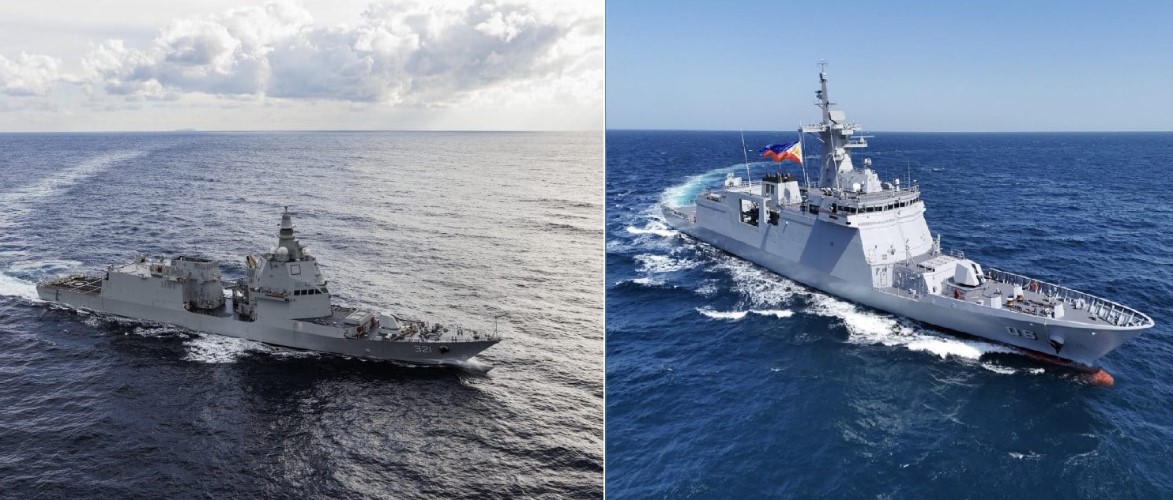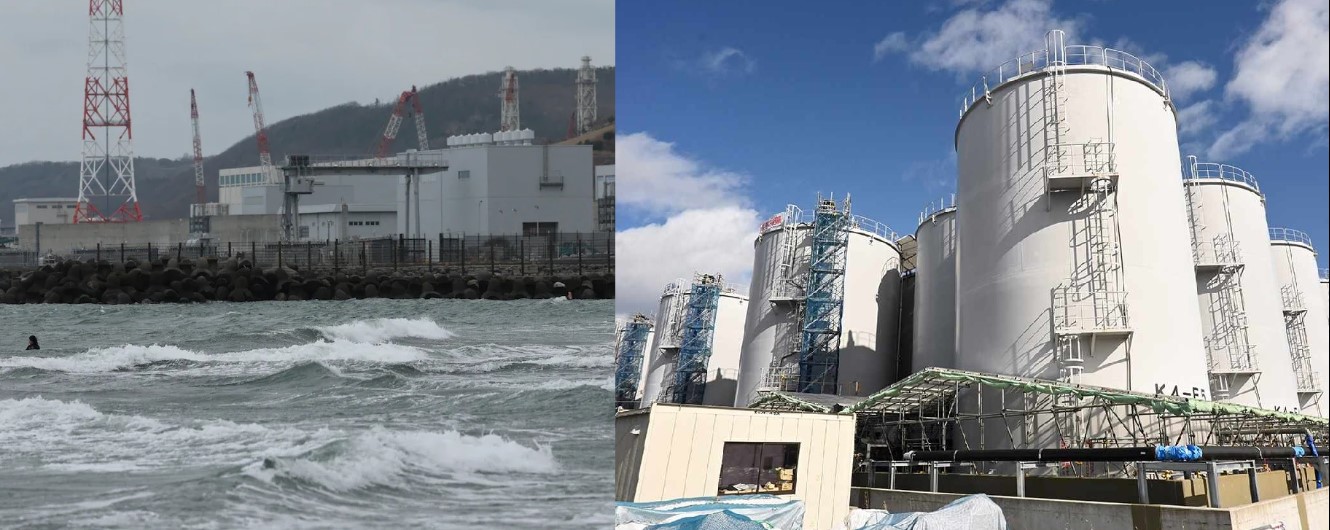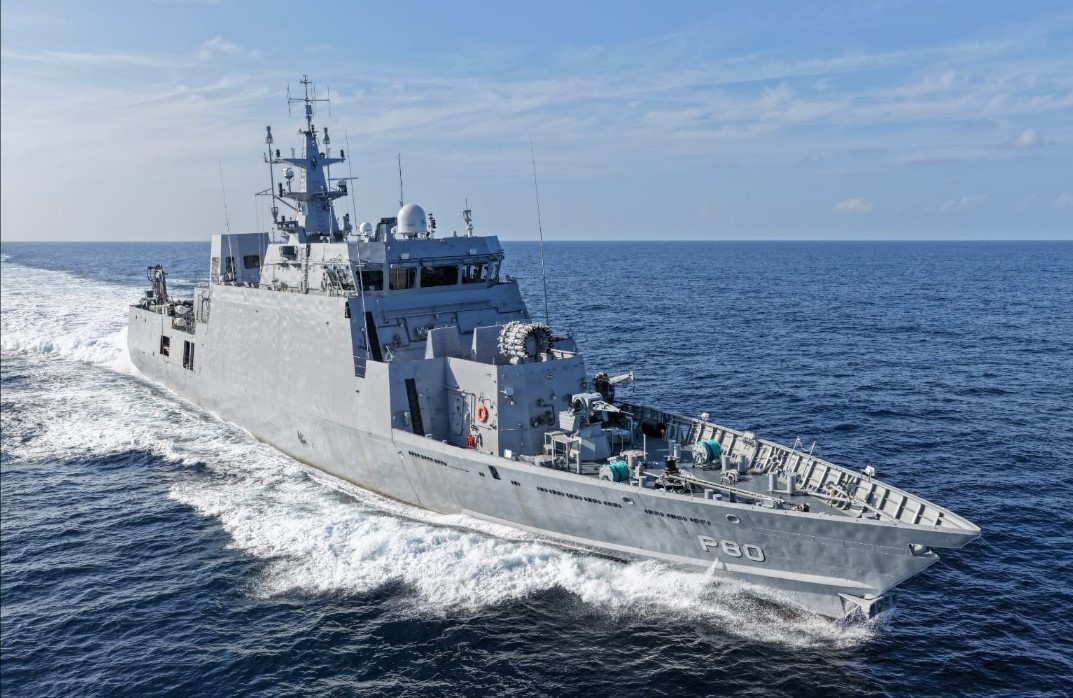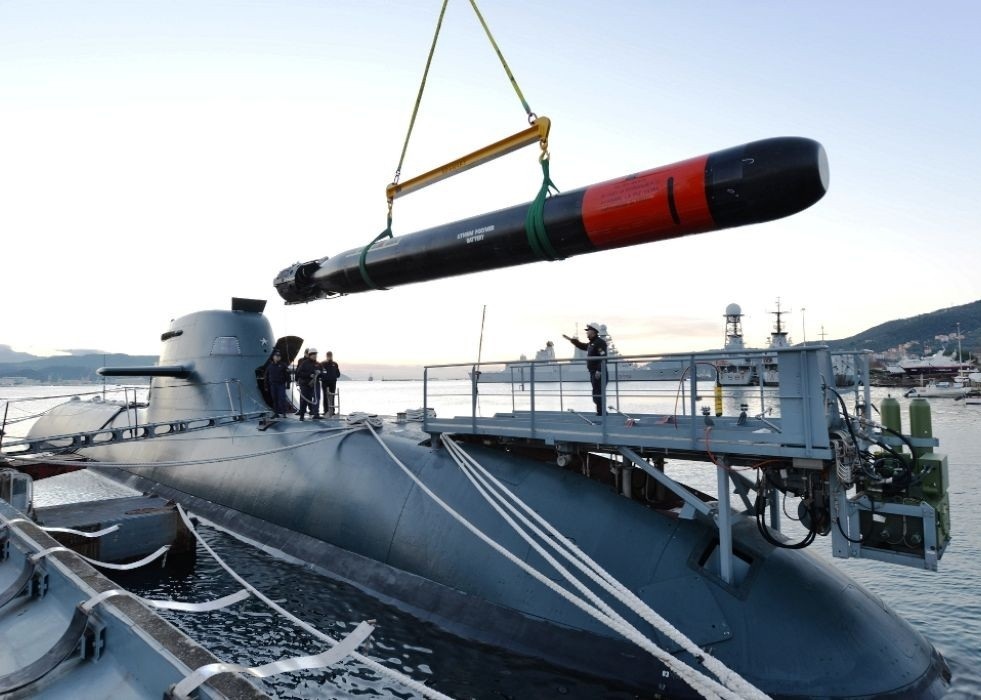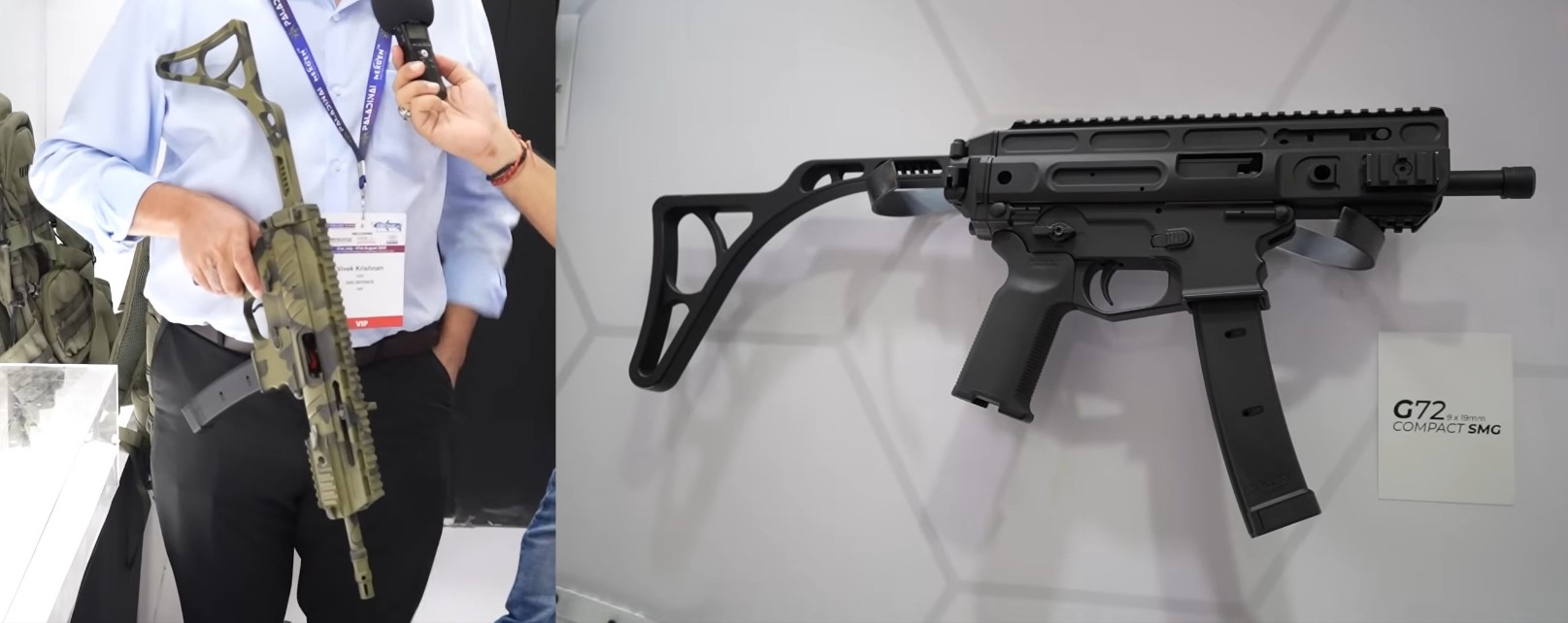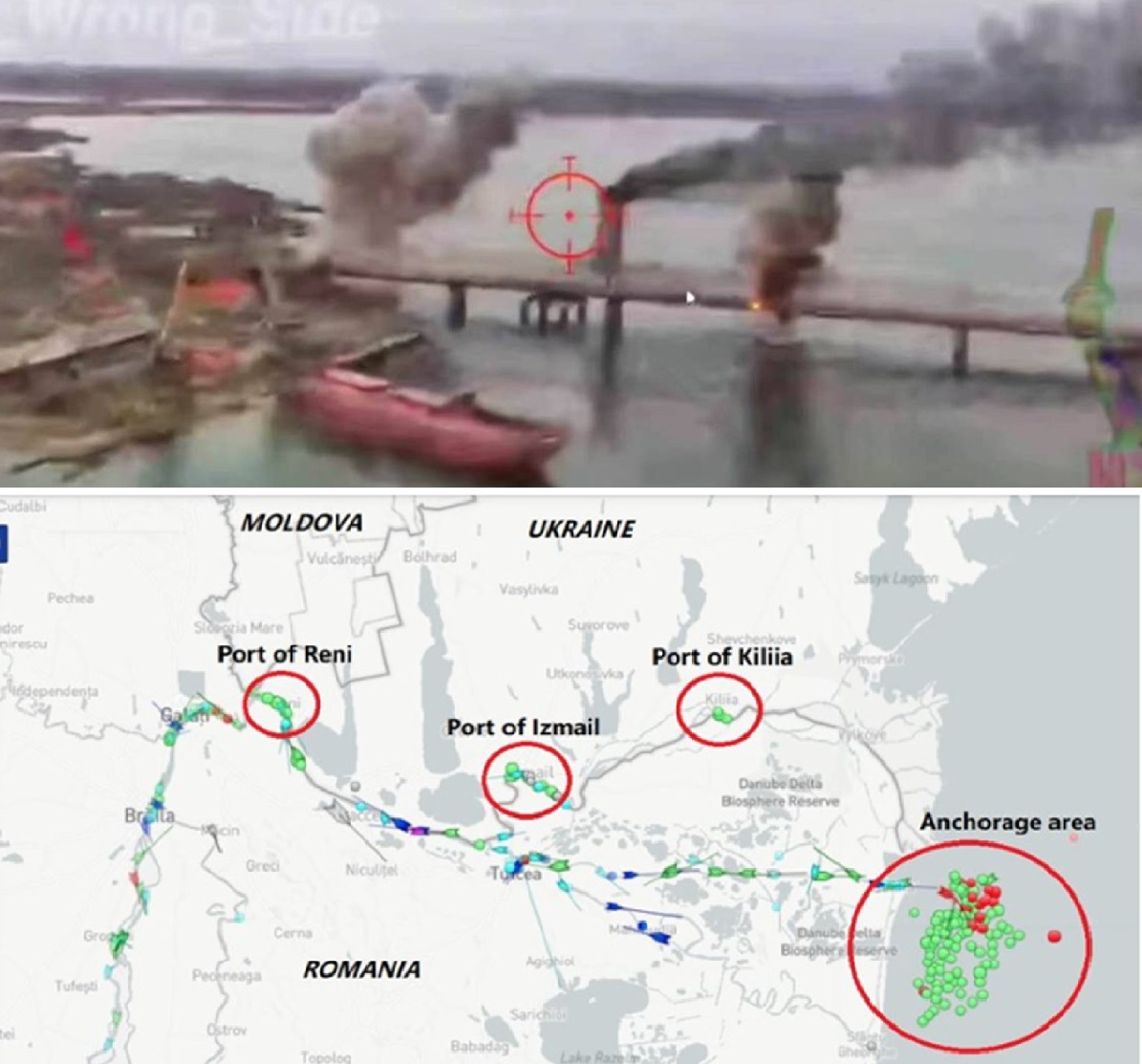How the CIA 'Kidnapped' a Soviet Moon Probe During the Space Race: An Extraordinary Cold War Heist
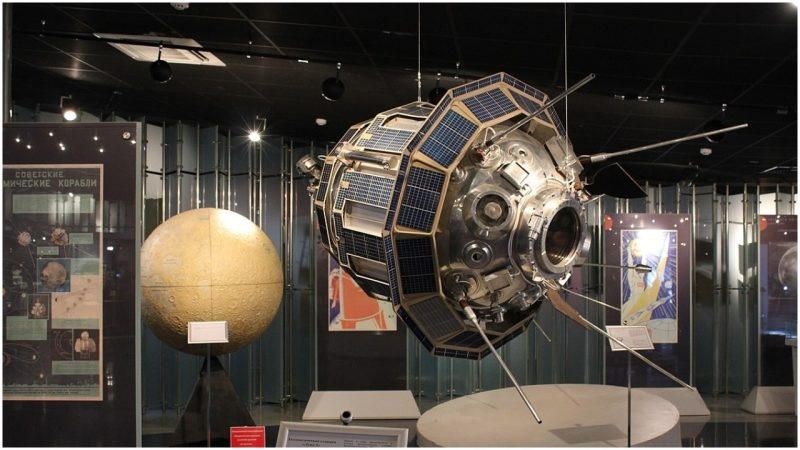
The late 1950s and 1960s were defined by the intense space race between the United States and the Soviet Union, a competition that was as much about technological prowess as it was about political dominance. President John F. Kennedy's bold proclamation to put a man on the moon amplified NASA's efforts, while the Soviet Union sought to showcase its own capabilities. Relations between these superpowers were strained, and both nations were eager to demonstrate their superiority.
In September 1959, the Soviet Union made a significant leap by crashing their Luna 2 probe into the moon, marking the first human-made object to reach the lunar surface. This achievement was more than a scientific milestone; it was a powerful political statement, with the Soviet coat of arms symbolically planted on the moon. But the U.S. wasn't just watching from the sidelines. In a clandestine operation that seemed straight out of a spy novel, the CIA orchestrated a bold heist to gather intelligence on Soviet space technology.
The story begins with a Soviet exhibition tour that included an actual Lunik 2, the type of spacecraft that had successfully reached the moon. The Soviets intended to flaunt their technological triumphs, but this display also provided a rare opportunity for U.S. intelligence. A CIA team managed to gain access to the Lunik exhibit for 24 hours, during which they meticulously disassembled the probe, photographed every component, and then reassembled it—all without leaving a trace.
This covert operation was not just about the mechanics of taking apart and putting back together a spacecraft; it was a high-stakes gamble that required precision and nerves of steel. The team worked through the night, capturing detailed images of the internal layout, including fuel tanks and electrical systems. Every aspect of the Lunik was documented, giving U.S. scientists and engineers invaluable insights into Soviet space technology.
Years later, the details of this operation were declassified and revealed in a sanitized CIA historical review. The review, written by CIA officer Sydney W. "Wes" Finer and published in the agency's 1967 edition of "Studies in Intelligence," painted a vivid picture of the mission. It was space historian Dwayne Day who first brought this mission to public attention in the mid-1990s, after discovering the declassified document at the National Archives.
In 2020, John Greenewald, founder of the Black Vault, published a non-sanitized version of the document, shedding more light on the operation. This version detailed how factory markings and other identifiers were used to trace the origins and components of the Lunik. The intelligence gathered provided a clear picture of Soviet production methods and capabilities, highlighting the fifth Lunik stage and identifying key electrical component suppliers.
The operation wasn't without its challenges and moments of humor. Reassembling the probe was like a high-stakes game of Humpty Dumpty, with team members struggling to fit the pieces back together in the cramped confines of the spacecraft. One document vividly describes the painstaking efforts to resecure the orb in its basket, a task that took nearly an hour and tested the patience and skills of the operatives.
In the end, the mission was deemed a success, exemplifying the fine line between covert operations and overt intelligence collection. The CIA's "kidnapping" of the Lunik probe was a testament to their ingenuity and determination to outmaneuver the Soviet Union in the space race. It was a daring exploit that, for many years, remained one of the most extraordinary episodes of Cold War espionage.
✍️ This article is written by the team of The Defense News.
